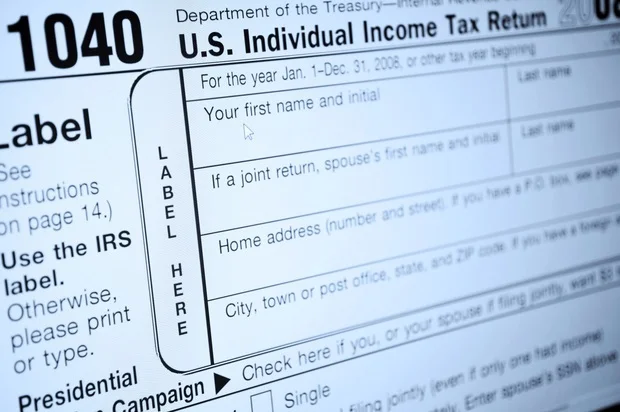2022: More growth, much more inflation, much higher interest rates
When the final numbers for 2021 are in, we are likely to see that annual growth was 5.5% and the unemployment rate fell to near 4%. While that is very good, there was a problem with inflation. For the year inflation will be 7.5% as measured by the Consumer Price Index. That inflation rate is the worst that we have seen since 1981. What will 2022 bring?
Growth in 2021 was higher than at any time since 1984. Most of the growth was fueled by huge increases in government spending and extremely expansionary Monetary Policy. Households were given thousands of dollars in free money from the federal government. Much of that free money was saved, especially during lockdowns.
As the economy re-opened and lockdowns ended, consumers went on a spending spree, helping to create excess demand in the economy. Businesses began to operate at full capacity, but they were constrained by a steep decline in available workers.
The combination of huge excess demand and somewhat constrained supply led to rising prices. That coupled with policy-driven increases in energy prices, wage inflation caused by the labor shortage and vast increases in the money supply matched with near zero interest rates, created so much excess demand that inflation hit a 40 year high.
The economy did reach a full employment level partially due to the 3.5 million workers who left the labor market during the pandemic and have not returned.
What will happen to the economy in 2022?
Economic growth should continue to be strong but will be constrained by the continued labor shortage and the severity of Covid. Business, though, will get creative and substitute capital for labor where possible. We see an example of that when we order from a touch screen at a fast-food restaurant.
As long as the virus doesn’t become severe enough to cause shutdowns, the negative economic impact from the virus should not be severe. Growth will likely be in the 4.5% range.
Inflation will be a major problem. The federal government has deficit spent nearly $6 trillion dollars in the last two years. They continue to deficit spend about $200 billion monthly even today. That is pure excess demand and is the main driving force of the current inflation.
Households are full of free money that continues to be handed out by the federal government. As a result, they are demanding more goods and services and they are willing to pay more. The Biden Administration will certainly not reduce their spending. Rather they want to spend trillions more.
The rest of the huge excess demand in the economy is a result of the extremely expansionary Monetary Policy. The Fed has increased the money supply by 20% in the last year and they have kept interest rates near zero. That has caused massive excess demand especially in markets that are interest rate sensitive and use large amounts of debt financing. The housing market and the automobile market, for example, have seen huge increases in price.
How long this continues and how high inflation gets depends upon how quickly the Fed reverses course. They have started to slow the growth of the money supply. They say they will continue their program until March. After that they will consider raising interest rates.
Although the Fed’s timeline projections have had to be changed frequently because of their inaccuracy, let’s assume they stick to that schedule. By June the inflation rate could approach double digits. If that is the case the Fed will act more swiftly and more drastically.
That means instead of raising rates by one quarter percent three times next year, which is their current forecast, they will be forced to raise rates by a half percent or more and raise them more frequently. If the inflation persists, the Fed will get more aggressive.
The danger is that if they get too aggressive and take too much demand out of the economy a recession could follow, as was the case in 1981. Back then, to stop the double digit inflation, Fed Chair Paul Volker was forced to push interest rates to double digit levels. A severe recession followed.
The most likely scenario for 2022 is that the Fed begins to raise interest rates in March and again three more times, mostly by a quarter of a point each time, meaning rates will be at least one full percent higher than they are today.
Assuming no additional government spending is passed, 2022 should see 4.5% growth, less than 4% unemployment, but 8% inflation and at least a 1% increase in interest rates.




